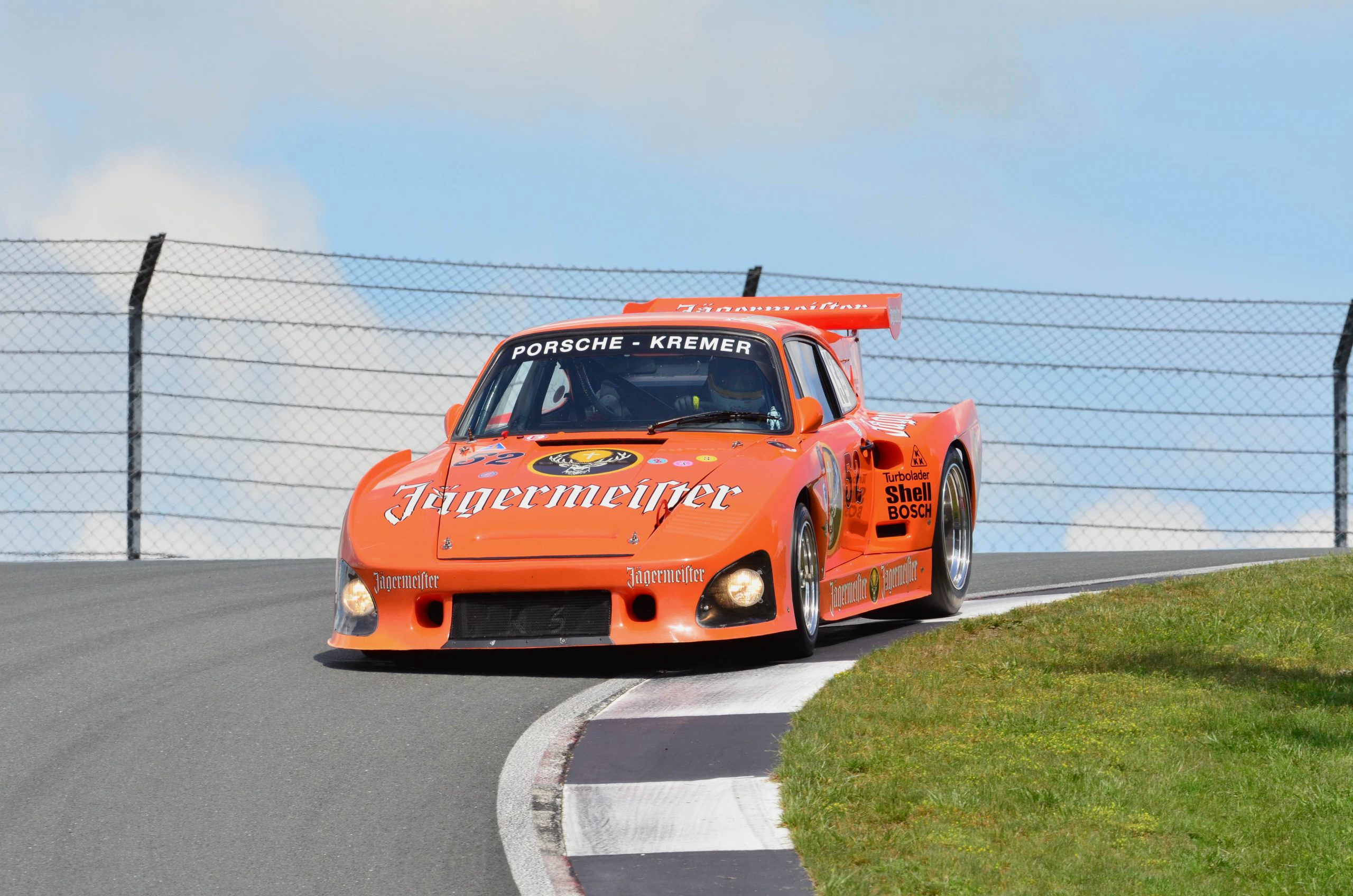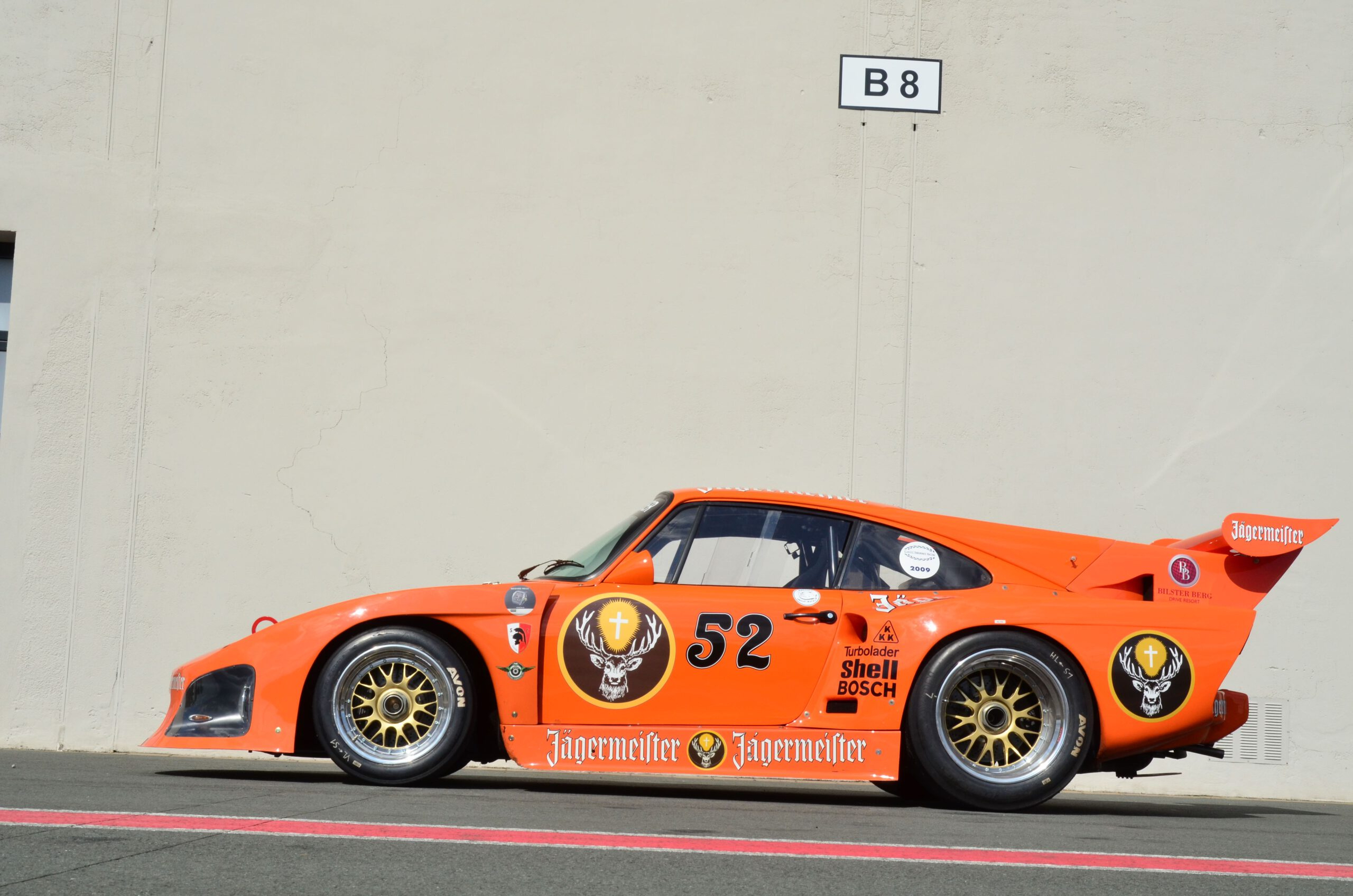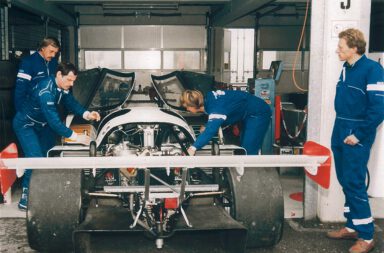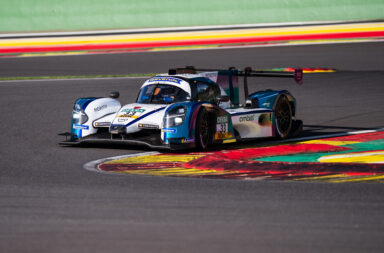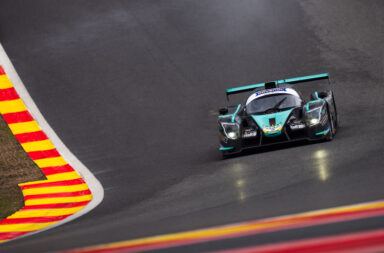Shortcut
Porsche 935 Kremer K3/80 000 0011: a timeless masterpiece. Today, a nice, quick entry permit to the most prestigious racing events worldwide.
The 935 Kremer K3/80 000 0011 is much more than just a historic racing sports car from the “Geilen Zeit” of Group 5, with the DNA of the 24 Hours of Le Mans, the major international 1,000-kilometer races and the German automobile race. racing championship. Rebuilt exclusively from valuable original components by Kremer Racing and professionally operated at the traditional Cologne location since 2009, the Jägermeister orange rarity offers access to the most prestigious racing events worldwide at the technical development level of the 1980 season. Because it’s not just the historically relevant construction statuses that correspond exactly to what the Cologne forefathers Erwin and Manfred Kremer devised during the heyday of their “miracle car” between 1979 and 1980. The original ONS car passport with the now well-known chassis number 000 0011 is also part of this treasure. This document is a basic requirement in order to be able to take part in high-class events in the historical scene. It doesn’t matter that, in addition to the example that Kremer Racing has been actively operating for 15 years in the United States, there is a second Porsche 935 with almost the same identity, converted in accordance with US IMSA regulations. The aura and procurement costs of the entire work are undoubtedly first-class; the components used are extremely rare today in terms of their quality and value.
Four large, international victories from 1980 to 82: Porsche 935 Kremer K3/80,000 0011-The first evolutionary stage of the “Wunder car” from Robert-Perthel-Straße in Cologne.
Two victories in the highly competitive German automotive racing championship in 1980, two more in the American IMSA series 1981, all with John Fitzpatrick am Volant: The first phase of life of the Porsche 935 Kremer K3/80,000 0011 confirms his reputation of the “miracle car” . In 1982 the organic electrochemist, researcher, inventor and professor Dr. Arthur “Art” Pilla The vehicle, which has now been converted according to IMSA regulations. However, after ten years in the US Clubracing, he does not arrange for dismantling according to the European Group 5. Instead, Gunnar Racing, a Porsche workshop founded in 1977 by Kevin Jeannette in southern California, creates a mix of two identities. He presents the IMSA body in the modified execution of Riverside 1982-at that time still painted in white, set off with stripes in various shades of blue-in the Jägermeister-Orange of the DRM season 1980. At around the same time, a Swedish consortium around Claes Wahlund and Torbjörn is wearing Holmstedt, an entrepreneur from Karlskoga, together the still existing original components. This creates a 935 K3/80, which is faithfully built according to Kremer, that is put into service in 2009 and wins the AVD Goldtimer Grand Prix at the Nürburgring several times.
Are you ready for the most high -class events in historical racing? Then you now have the opportunity: the Porsche 935 Kremer K3/80,000 0011 is available.
After 14 years in Kremer ownership, one of the last remaining original group 5 versions with all relevant components for collectors and/or historic Racer is now available on the market. Eberhard Baunach: “We have defined new goals and separate ourselves after 14 years together. With our expertise, we are of course still available with advice and action. As part of an inspection at our site in Cologne. Is the chapter 000 0011 written with it? Actually not. Now it is up to you to continue the fascinating story!
The technical data: Anatomy of a winning car
Vehicle type: Porsche 935 Kremer K3/80 000 0011
Body: based on the 930 turbo 3.3 with quickly removable Kevlar body parts (complete front panel, side sill panels, rear fenders, hood with rear wing); permanently installed, pneumatic jack system; Reinforced roll cage extended to the wheel suspension points with a maximum of six connection points to the body (as defined by FIA Appendix J up to 1981/Group 5), ladder frame side protection in accordance with IMSA regulations in the door sills to further strengthen the body structure
Engine: air-cooled six-cylinder DOHC boxer, two valves per cylinder, mechanical Bosch double-row injection; Turbocharged by two KKK exhaust gas turbochargers of type K26, boost pressure adjustable using a handwheel; Charge air cooling via air-air system in the mounting position of the (imaginary) parcel shelf, flow via air inlets in the rear fenders; contactless high-voltage capacitor ignition (HKZ); 22 liters total oil quantity; Dry sump lubrication, oil tank and oil cooler with draft air outlet via the front hood in the front of the vehicle
Displacement: 2,994 cc
Bore: 95.0mm
Stroke: 70.4mm
Compression: 6.8: 1
Engine power (throttled): 750 hp at 7,800 rpm
Engine power (competition): 800 hp at 8,000 rpm
Power transmission: Four-speed headstand gearbox in reversed position, factory-fitted with rigid through drive
Suspensions: Bilstein gas pressure shock absorbers, titanium coil springs
Brake system: large, one-piece special brake calipers, Textar friction linings, balance beam brake force distribution
Wheels: BBS three-piece (11J x 16 front and 14.75 x 19 rear), optional with BBS fan blades
Tires: front 10.0/23.5 x 16, rear 14.0/31.5 x 19
Fuel tank: 120L
Weight: 1,025kg
Maximum speed: 330 km/h
New price (1979/80): 350,000 German marks
